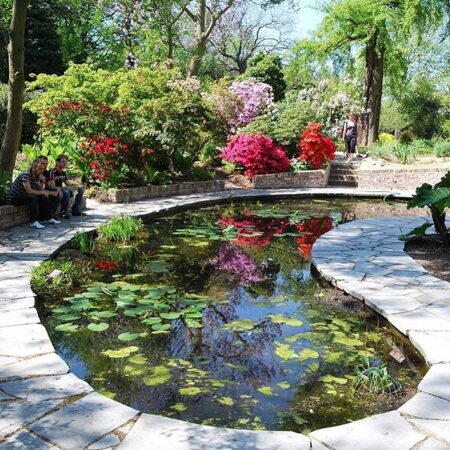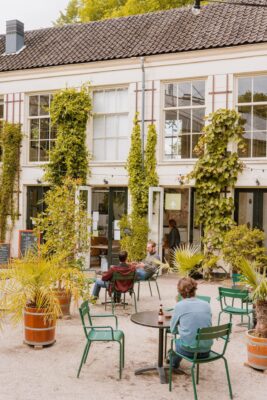Hortus Botanicus
A short walk east from Hermitage Museum is a small peace of green heaven, that like many great things in Amsterdam originates from the Golden Era of the 17th century, the Hortus Botanicus. Hortus Botanicus is one of the oldest botanical gardens in the world established in 1638 by the city’s governing body.
The vision for its creation, to serve as a reserve of all the valuable indigenous and foreign plants and herbs brought by the Dutch ships from their expeditions to the new world and the far east. A botanical garden that would help the city and the country, cope with deadly epidemics like the plague and other diseases at a time when the weapons of medicine were in essence still primitive.
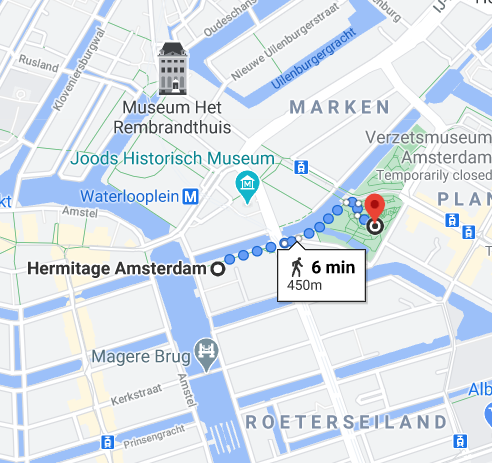
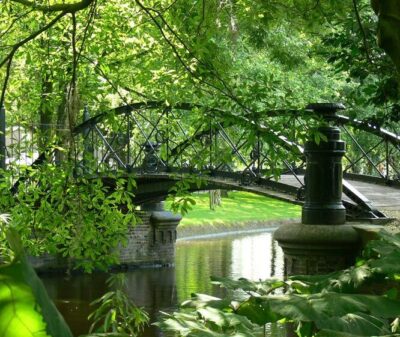
The Three-climate greenhouse in the Hortus will be the home of biodiversity. In three different climate zones, we show what climate does to the biodiversity of life: a cactus does not look very different from a tropical palm for nothing. The three zones in the new greenhouse are very different from each other, and by experiencing them side by side, it becomes clear that each climate has unique characteristics that determine the development of the plants that live there. This also makes it clear that climate change has far-reaching consequences for plants, plant species and biodiversity.
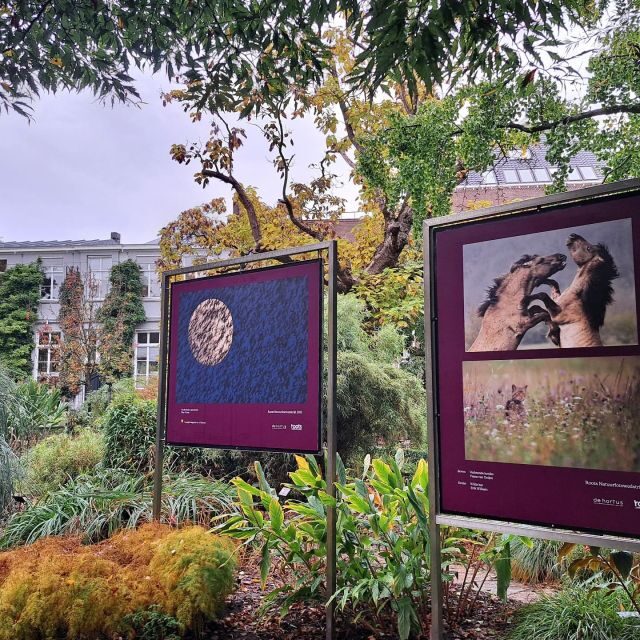

With medical plants at its core the garden became a “school garden” for pharmacists and doctors of the 17th century. The collection grew by the years, three greenhouses including one dedicated to butterflies, several small bridges, a 17th century pavilion, an orangery of the 19th, a jungle trail and all sorts of exotic plants including carnivorous make up an enchanting environment where you can easily recharge your batteries and fill up your nostrils with flower scents and fresh oxygen. More

